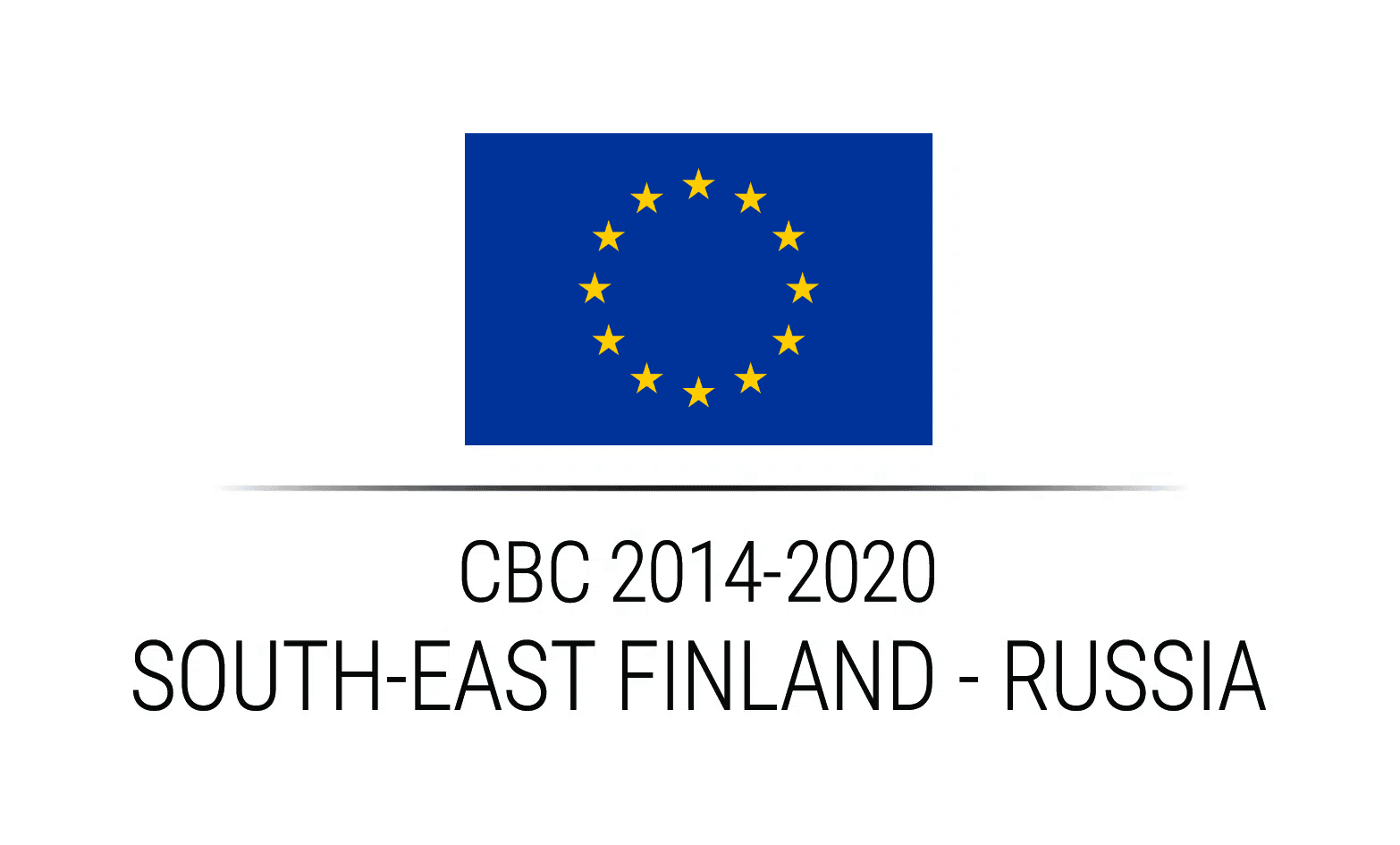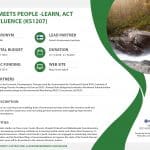The main goal of the project was to improve the state of the study area (a sub-area of the Gulf of Finland: the catchments of Virojoki, Rakkolanjoki/Seleznevka and Sestra located in Kymenlaakso, Leningrad region, St. Petersburg). Project’s main targets were reached by combing scientific and societal actions in the surrounding area.
SEVIRA-project strengthened strongly important transboundary environmental activities. It served both the overall conservation and scientific project goals and raised public awareness and consciousness. Public awareness is a key ingredient for positive environmental outcomes that also impact sustainable socio-economic objectives. Clarifying cross-border similarities and differences provided insights on how to best practically address and strengthen joint Finnish and Russian efforts on these important issues. Project added value included the following:
An improved transboundary river monitoring system.
Increased spatial extent and observation frequency utilizing quality assurance methods and procedures in hydrological and water quality monitoring improved the robustness of the overall system. Novel monitoring techniques and modelling also enabled the ability to propose a more cost-effective monitoring program. This is very important, while the funds for monitoring are always limited. Finland’s expertise in designing cost-effective monitoring networks, including the use of automatized sensors and satellite observations, and in analytical protocols, was shared with Russia.
The exchange of Finnish and Russian environmental information and methods increased.
Sharing of data through the River Watch Programme, enhanced by the above-mentioned monitoring of the area, enabled a better understanding of the current situation, and served as a basis for more informed decision-making. This will impact future restoration or management measures needed to improve the state of river conservation. For example, the data collected from joint cross-boundary river monitoring increased the common awareness of environmental problems with experts producing new scenarios, based on the enhanced data flow, for future climate change mitigation efforts.
The exchange of accurate data increased environmental information for environmental administrations and citizen involvement.
Increasing data exchange is now providing more accurate information for the environmental administrations and citizen involvement. Through the surveys the project obtained new knowledge of the public’s attitudes and perceptions in dealing with ongoing water quality challenges. Still needed is more reliable and frequent water quantity and quality data to serve as the basis of all public discussions.
Experts are joining more in the public dialogue, providing new facts on the study area state of conservation.
Experts and environmental organizations are increasing public awareness. In both countries, the environmental organizations were actively co-operating with citizens solving environmental problems. The project’s scientific results were written for laymen so that the broader public might follow them in their everyday activities.
The increased environmental awareness of the local people enhanced willingness to participate in environmental decision-making. Particularly the idea was to motivate and increase people’s willingness to influence common environmental matters. Environmentally conscious citizens tend to make decisions beneficial for the environment in their every-day life and are more willing to deliver their concerns and messages to decision-makers within the industry and environmental administration.
View this project in keep.eu


